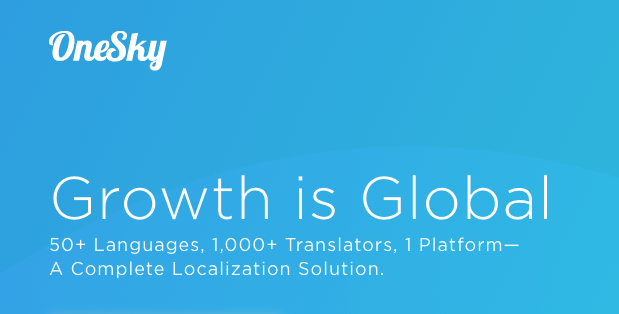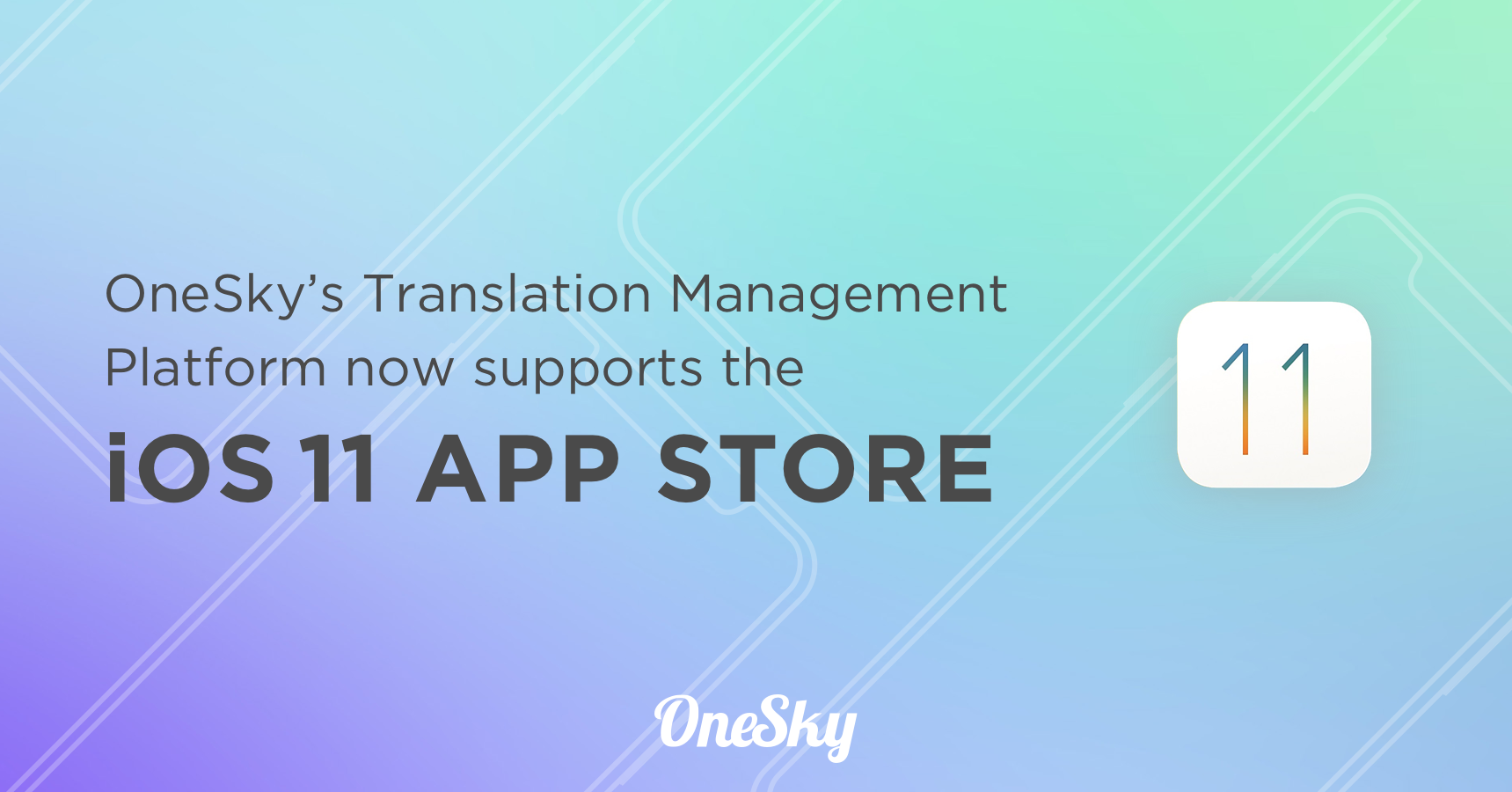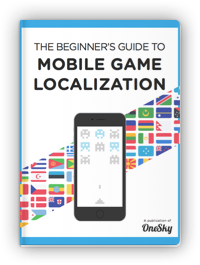Bring it to the world: Atlassian
This is part of our series “Bring it to the world” which profiles websites and apps that offer localized versions to reach happy users from many parts of the world.
Q&A with Nicholas Muldoon of Atlassian

What does your company do?
Atlassian makes tools that help great teams build great software. More than 22,000 companies use our issue tracking, collaboration and software development tools to work smarter and deliver quality results on time.
How many languages does Atlassian support now?
Atlassian now has 40 language packs for our flagship products JIRA, Confluence and GreenHopper. As these language packs are crowdsourced by our partners, customers and end users they are in various states of completion. Recent additions include Russian language packs for JIRA and GreenHopper and a new Icelandic language pack for Confluence. Also, as I write this we are just localizing Confluence by adding a Hungarian language pack.

What types of apps do you have?
Our focus is on helping software development teams deliver great software, our products include:
- JIRA, issue and project tracking for software development teams to improve code quality and the speed of development;
- GreenHopper, an agile project management add on to any JIRA project;
- Bamboo, for automated building, testing, deploying, and releasing of your software;
- Bitbucket, a free code hosting site for the popular Mercurial distributed version control system (DVCS).
How did you get the idea of localizing your app?
Japanese, German and French language packs were provided for a number of years. In 2010 we decided we wanted to open this process up to all of our customers and ensure everyone had equal access to the necessary language packs. Not having the language expertise in-house we decided to build an in-house translation platform, Atlassian Translations, that would allow anyone to contribute to the localization.
What tools do you use?
Atlassian Translations was developed internally and open to the world – everyone can use it to translate our products. Official partners ensure the quality of the language packs is maintained and assist with translating new product versions.

How has localization helped your apps so far?
Over the past 12 months we have seen significant growth in our European operations. Localization has certainly played a role in this growth. Furthermore, with the current level of interest in the crowdsourced translation from Asia Pacific I envisage a similar trend in that region over the coming 12 months.
Aside from the sales growth we have seen a translation community form around which is very encouraging.
How long does it take for translating the whole product in a new language?
The fastest translation so far has been Vietnamese which was completed by a handful of people in a matter of weeks. More often though it is a slow process that picks up speed as the translation nears completion.
I recommend any endeavour to crowdsource the translation of products be seeded with key contributors for each language. This will ensure that there is someone passionate about the translation who can drive it forward and assist new contributors in coming up to speed. In the long run this will lead to higher quality of translation and a stronger community.
With new features such as in-product translation I expect the time taken to decrease yet again. This will make it easier for the contributors to keep the language packs current as we release new versions of the products.
What made you go for crowd-sourced translation instead of traditional agency translation, or even machine translation?
It was simply more accurate than the traditional agency translation we had seen previously. Our customers and partners know our products inside out – they were the best people to translate them.
Machine translation also features in our in-house tool. We seed incomplete language packs with Google Translate to assist the contributors through suggestions, or in the case of a simple word the acceptance of a suggested translation. That can speed up the translation at the beginning stage.
Any advice for someone considering localization?
I would recommend folks explore the open source solutions that are available, provide incentives to contributors and moderators, integrate it closely with existing user management systems and make the translation process as painless as possible.
Nail those items and you’ll see a great community form which drives your business forward in new languages and regions.



 Written by -
Written by - 




 Written by
Written by 


